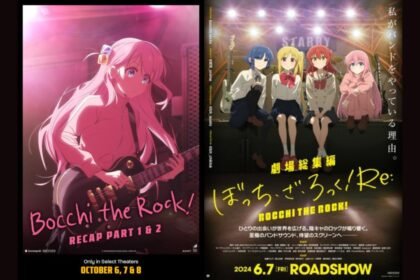Anime and manga, two distinct forms of Japanese entertainment, have gained immense popularity and captivated audiences around the world. These art forms, characterized by their unique visual styles and compelling storytelling, have had a significant cultural impact outside of Japan. The global reach of anime and manga can be attributed to various factors, including advancements in technology, the internet, and the increasing interest in Japanese popular culture. In this article, we will explore the cultural influence of anime and manga beyond Japan’s borders and delve into its impact on various aspects of entertainment, fashion, language, education, and society as a whole.
Historical Context
Anime and manga have deep roots in Japanese culture and have evolved over the years. The origins of anime can be traced back to the early 20th century when Japanese filmmakers experimented with animation techniques inspired by Western animation. Manga, on the other hand, has a long history dating back to the 12th century, with traditional Japanese art forms like ukiyo-e and woodblock prints influencing its development. Early international exposure to anime and manga came in the form of dubbed or subtitled versions of popular Japanese animated series and comics. This exposure sparked the interest of a dedicated fan base outside of Japan, laying the foundation for the global popularity we see today. Technological advancements, such as the internet and streaming platforms, played a crucial role in spreading anime and manga to a wider audience, transcending geographical boundaries and time zones.
Cultural Influence in Entertainment
Anime and manga have made significant contributions to the world of entertainment, influencing Western animation and comics in various ways. The distinct visual style and complex narratives of anime have inspired many Western animators and storytellers, leading to the creation of animated series and films that incorporate elements of Japanese animation. Likewise, manga has influenced the art and storytelling techniques of Western comic books. Moreover, the popularity of anime and manga has led to numerous adaptations in live-action films and TV shows, demonstrating their cultural impact and broad appeal. Additionally, the phenomenon of cosplay (costume play) has emerged as a subculture, where fans dress up as their favorite anime or manga characters and gather at conventions to celebrate their shared passion.
Further Readings: Cultural Significance of Shonen Anime in Japan
Fashion and Design
The influence of anime and manga extends beyond the realm of entertainment and into the world of fashion and design. The vibrant and visually striking aesthetics of anime and manga have inspired fashion trends and streetwear, both in Japan and abroad. Elements such as bold colors, graphic prints, and exaggerated proportions often find their way into clothing lines and accessories. Moreover, anime and manga aesthetics have been embraced by graphic designers and advertisers, who incorporate these visual styles into their work to captivate audiences and convey a sense of energy and excitement. Collaborations between fashion brands and popular anime or manga franchises have become increasingly common, creating limited-edition merchandise that merges the worlds of fashion and fandom.
Language and Education
Anime and manga have become valuable tools for language learning, allowing enthusiasts around the globe to immerse themselves in the Japanese language and culture. Through subtitles and translations, fans can engage with the original content and gain a deeper understanding of the language. Furthermore, the cultural exchange facilitated by anime and manga has sparked interest in Japanese traditions, customs, and societal norms, fostering a global appreciation for Japanese culture. In educational settings, anime and manga have found their way into classrooms, with teachers utilizing these mediums to make language learning more engaging and interactive. Moreover, academic discourse surrounding anime and manga has emerged, with scholars analyzing and exploring the cultural, social, and artistic aspects of these art forms.
Social and Psychological Impact
The cultural impact of anime and manga goes beyond entertainment and aesthetics. Theseart forms have played a significant role in shaping online communities and fostering fandoms. Fans from all over the world come together to discuss, share, and celebrate their love for anime and manga through social media platforms, forums, and dedicated websites. This sense of community and belonging is a testament to the power of these art forms in bringing people together.
In addition to the social impact, anime and manga also have psychological effects on individuals. The immersive storytelling and imaginative worlds depicted in anime and manga offer a form of escapism for many fans. They provide a temporary respite from the pressures and realities of everyday life, allowing individuals to indulge in fantasy and adventure. Moreover, the representation and diversity found in anime and manga have been instrumental in fostering inclusivity and challenging societal norms. Characters from different backgrounds, genders, and identities are often portrayed, providing a platform for underrepresented groups and promoting acceptance and understanding.
Conclusion
The cultural impact of anime and manga outside of Japan cannot be understated. These art forms have transcended cultural and language barriers, captivating audiences worldwide and inspiring various industries. From their historical roots to their influence on entertainment, fashion, language, education, and society, anime and manga have left an indelible mark on global popular culture. As the love for anime and manga continues to grow and evolve, it is clear that their impact will only continue to expand, providing a source of entertainment, inspiration, and connection for generations to come.













